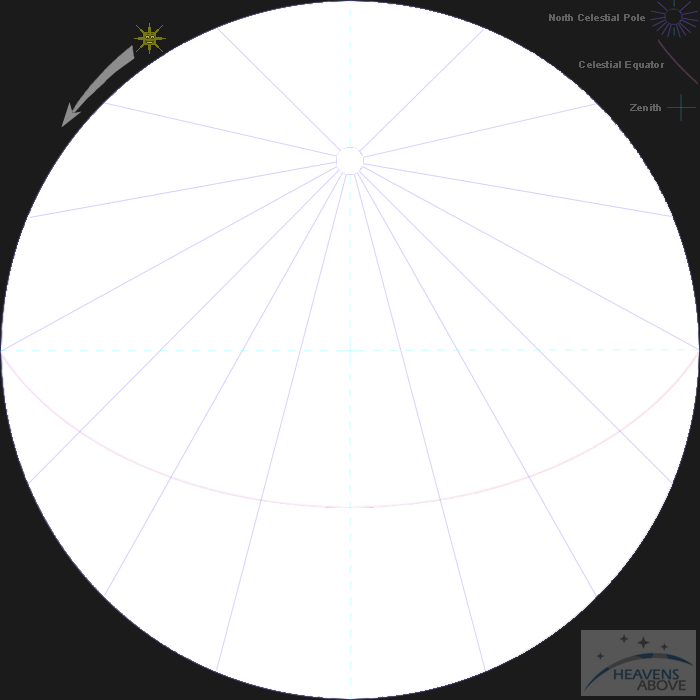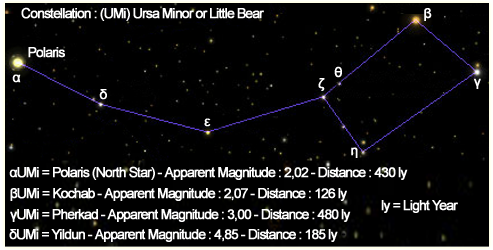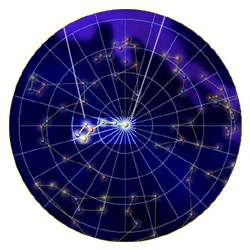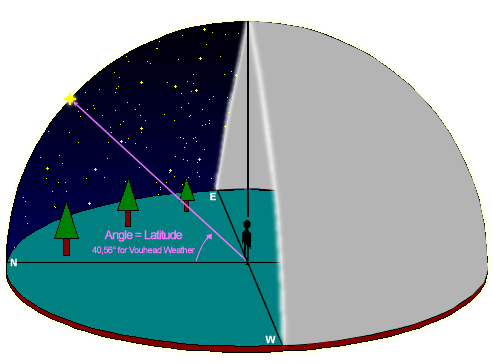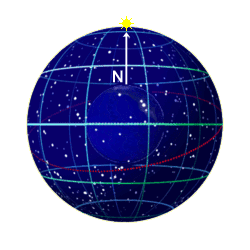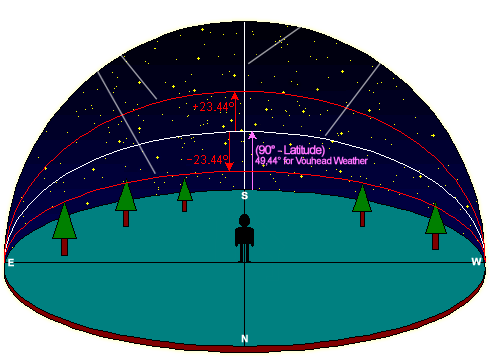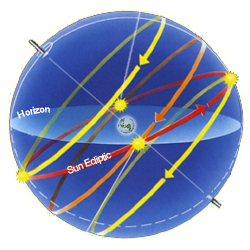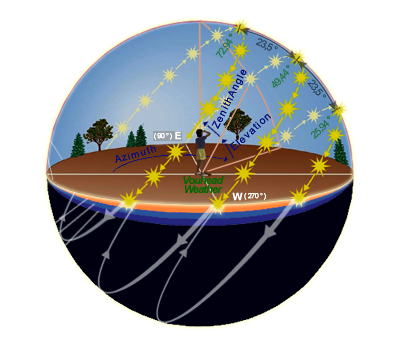The Sky Above Vouhead Weather
At: 17/11/2025 - 13:54
| The Circle represents the Horizon around. His Centre (Zenith) is the Point directly above Vouhead Weather |
|
|
|||||||||||||||||||
|
|||||||||||||||||||
|
|||||||||||||||||||
Sun / Moon Trajectory
Visible at Vouhead Weather
|
|
||||
|
|
||||
|
||||
|
||||
Sun / Moon Calendar
17/11/2025
Sun |
Moon |
|
|
|
|
Sunrise: 07:16 Sunset: 17:08 Daylight: 09:52 |
Moonrise: 04:35 Moonset: 15:26 |
| First Quarter Moon | Full Moon | Last Quarter Moon | New Moon |
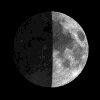
|
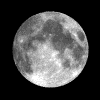
|
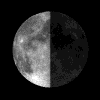
|
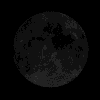
|
|
29/10/2025 18:21 29 October 2025 16:21 UTC |
05/11/2025 15:20 5 November 2025 13:20 UTC |
12/11/2025 07:29 12 November 2025 05:29 UTC |
20/11/2025 08:48 20 November 2025 06:48 UTC |
|
Vernal Equinox Start of Spring |
Summer Solstice Start of Summer |
Autumn Equinox Start of Fall |
Winter Solstice Start of Winter |
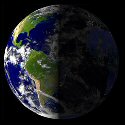
|

|
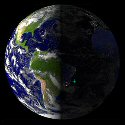
|
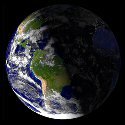
|
|
20/03/2025 11:02 20 March 2025 09:02 UTC |
21/06/2025 05:43 21 June 2025 02:43 UTC |
22/09/2025 21:20 22 September 2025 18:20 UTC |
21/12/2025 17:04 21 December 2025 15:04 UTC |
Sunlight and Clouds
At: 17/11/2025 - 13:54

Moon Phase
At: 17/11/2025 - 13:54

7% Illuminated






